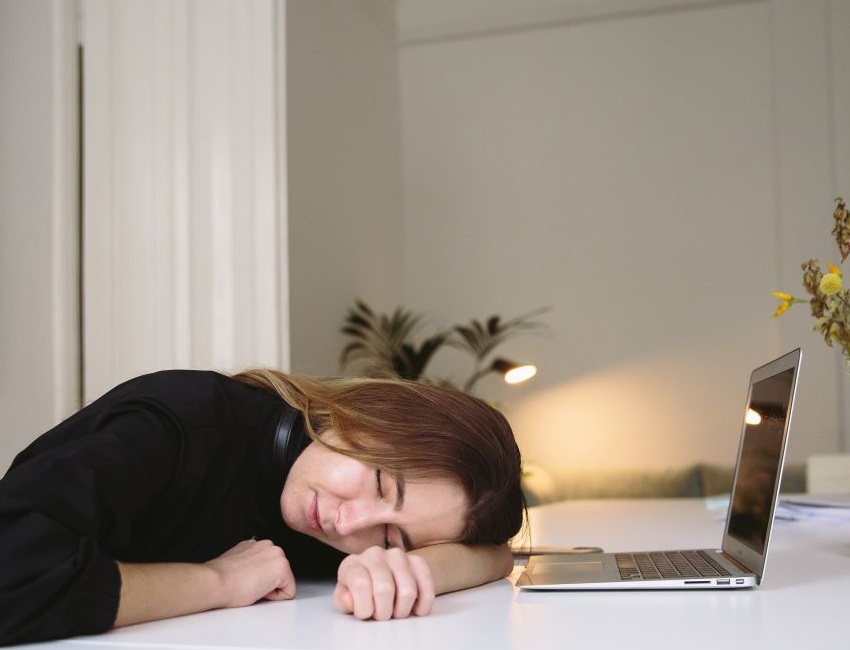Is cat-napping beneficial?

Is cat-napping beneficial?
 Dr. Anthony Warren
Dr. Anthony Warren
Do you dread giving a presentation immediately after lunch when everyone cannot keep their eyes open? You are not alone. Most mammals are so-called poly-phasic sleepers meaning that they sleep for short periods throughout the day. Hence cat-napping.
However, our modern environment has forced us into accepting that we are awake throughout the day, and sleep at night. Yet, our genetic templates formed during our hunter gatherer times have programmed our sleep cycle to have two phases, one during the night and a shorter one after lunch. This is supported by an interesting 2015 study by researchers at the University of California who looked at the sleeping habits of hunter-gatherer pre-industrial societies in Tanzania, Namibia and Bolivia. Quoting from the report, “They’re active in the morning, then they get in the shade under the trees and have a sort of quiet time, but not generally napping,” “Then they do some work and go to sleep, and they sleep through the night.”
The chemicals released into our blood stream in the evening to trigger sleepiness also turn up early afternoon. Young children and elderly persons nap and napping is a very important aspect of many cultures. The Japanese have a name for it - Inemuri - and it’s common to see offices with everyone asleep at their desks after lunch.The developed world appears to be becoming more and more sleep deprived. While naps do not necessarily make up for inadequate or poor quality nighttime sleep, a short day-time nap of 10-20 minutes can help to improve mood, alertness and performance. A recent study on 24 healthy adults carried out at Flinders University in Adelaide examined the benefits of naps of various lengths and with no naps. The results showed that a 10-minute nap produced the most benefit in terms of reduced sleepiness and improved cognitive performance. A five minute nap showed no benefit and a nap lasting 30 minutes or longer was more likely to be accompanied by sleep inertia, a period of grogginess that can follow sleep.Nappers are in good company: Winston Churchill, John F. Kennedy, Ronald Reagan, Napoleon, Albert Einstein, Thomas Edison and George W. Bush are known to have valued an afternoon nap.Napping offers various benefits for healthy adults, including relaxation, increased alertness and mood, improved work performance, decision making and memory.
There can be a couple of drawbacks too including grogginess, and causing nighttime sleep problems. However keeping the naptime below 20 or so minutes usually prevents either of these occurring. A study at NASA on sleepy military pilots and astronauts found that a 30-40 minute nap improved performance by 34% and alertness 100%. But don’t think you can reduce your nightly sleep time if you nap – it doesn’t seem to work that way, sleep is not stored.Most people are aware that driving while sleepy is extremely dangerous. Taking a short nap before driving can reduce the risk of having a crash. And if you feel drowsy when driving, you should immediately pull over to a rest area, drink a caffeinated beverage and take a 20-minute nap. According to a 2006 study at St. John's Mercy Medical Center and St. Luke's Hospital in St. Louis, Missouri, similar preventative actions help shift workers stay alert.While research has clearly shown that napping is a beneficial way to relieve tiredness and improve work performance, it still has stigmas associated with it. Negative impressions are still common. We still here views such as “napping indicates laziness, a lack of ambition, and low personal standards or again, napping is only for children, the sick and the elderly”
So here are our recommendations. If you feel that an afternoon nap can help you be more alert and productive first let your boss read this short blog. Then, shortly after lunch find a quiet place where the temperature is comfortable, wear an eye-mask and ear plugs, set your alarm for 15 minutes or so - and just relax and nap.
Further Reading:
“Natural sleep and its seasonal variations in three pre-industrial societies,” G Yetish, et. al., Curr Biol. 2015 Nov 2; 25(21): 2862–2868.
“A brief afternoon nap following nocturnal sleep restriction: which nap duration is most recuperative?” Brooks A, Lack L. Sleep. 2006 Jun;29(6):831-40.
“Laboratory and field studies of naps and caffeine as practical countermeasures for sleep-wake problems associated with night work,” Schweitzer P K, Randazzo A C, Stone K, Erman M, Walsh J K. Sleep. 2006 Jan;29(1):39-50.
“The Perfect Nap,” Murphy A, et. al. Advances In Management Vol. 9 (4) April 2016
Follow us on Linkedin to learn more:





